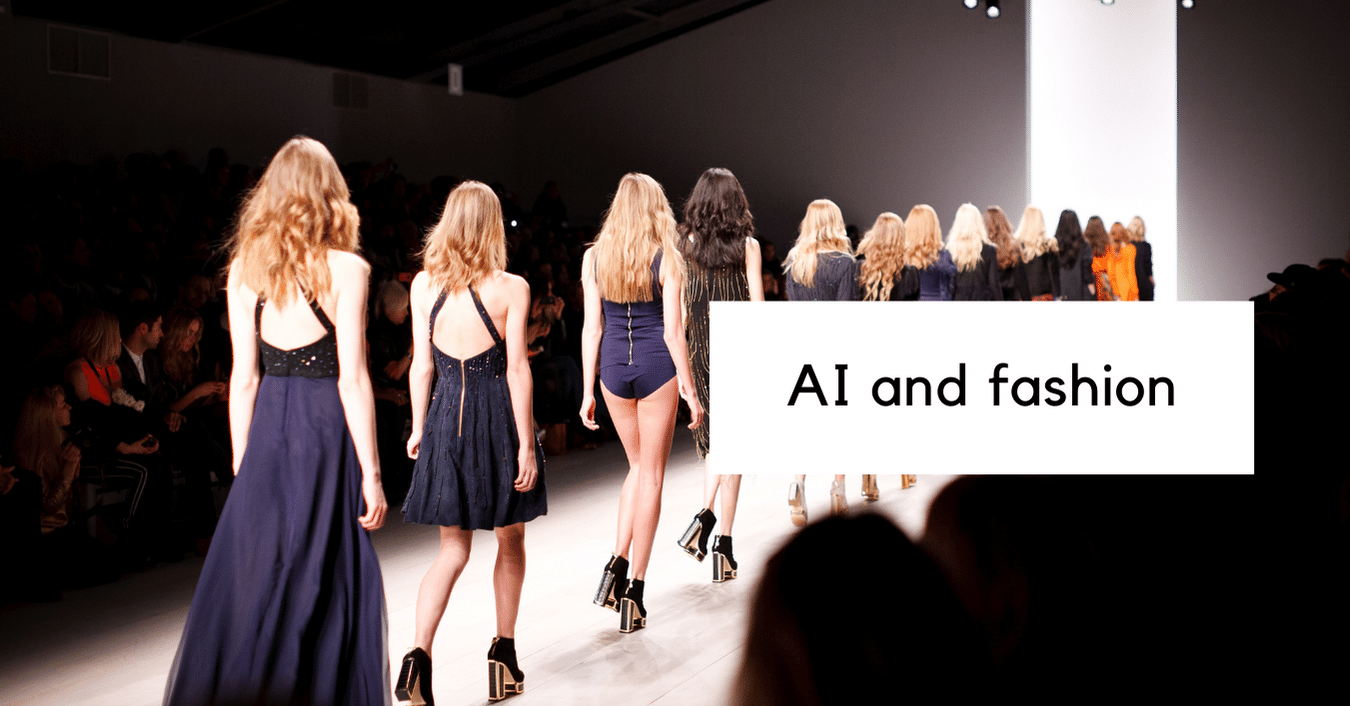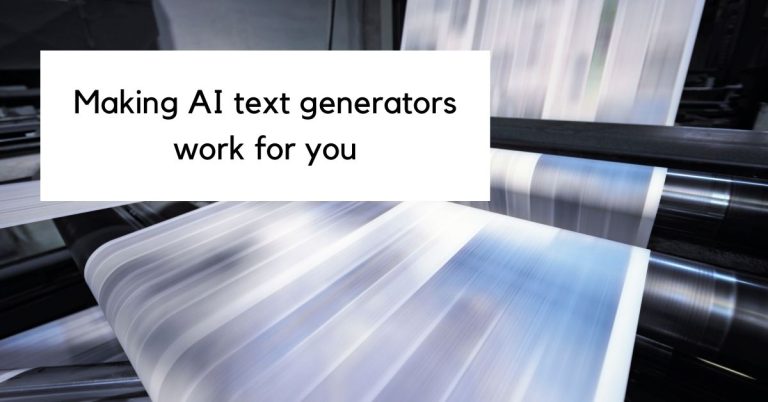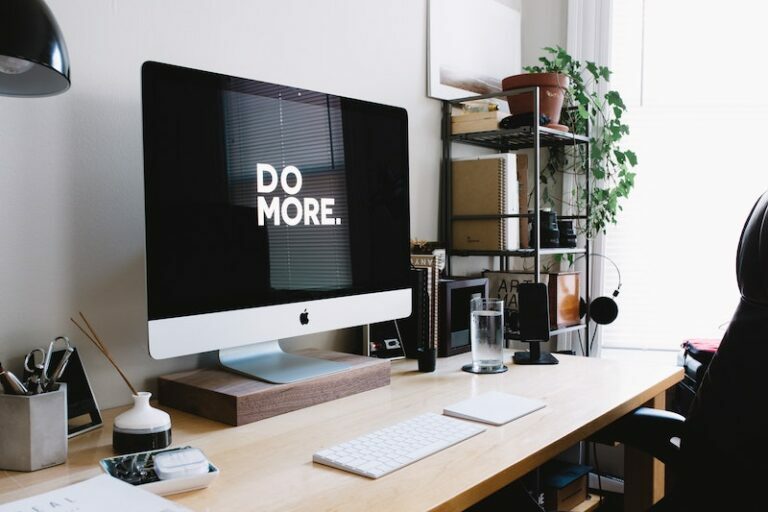How AI is transforming the fashion industry
The fashion industry, renowned for its innovation and creativity, is now embracing AI as a transformative force. AI has permeated various aspects of fashion, from design and production to marketing and sales, ushering in an era of data-driven insights that redefine how we design, create, and wear fashion. As fashion continues to evolve, AI’s role is expanding, with innovative applications reshaping the way fashion companies approach their operations. This article explores the profound impact of AI on the fashion industry and highlights innovative applications that are making waves in the world of fashion.
Benefits of using AI in fashion design
As AI continues to evolve, it is likely that we see innovative applications of this technology in the fashion industry. Here are some benefits of using AI in fashion.
1. Design creation
AI-powered design tools assist fashion designers in generating innovative concepts and predicting consumer preferences. For instance, AI algorithms can analyze data on past fashion trends, consumer behavior, and social media activity to identify emerging fashion trends and design new products that meet consumer demand.
2. Waste reduction and sustainability
By analyzing data on consumer preferences, AI algorithms can help designers create products that are more likely to sell, reducing the amount of unsold inventory that ends up in landfills. Additionally, AI can help designers optimize their supply chains, reducing the environmental impact of transportation and manufacturing.
3. Enhanced product quality
By analyzing data on product performance, AI algorithms can identify areas for improvement and suggest changes to the design or manufacturing process. This can result in clothing that is more durable, more comfortable, and more aesthetically pleasing.
AI in the fashion industry
The fashion industry is undergoing a remarkable transformation with the integration of AI. They are reshaping how fashion companies approach design, production, marketing, and sales. Let’s explore the various ways that AI is making waves in the world of fashion.
1. Design process

AI gives designers the ability to create ideas and designs that are tailored to the preferences and needs of specific customers. AI algorithms may produce distinctive, individualized designs by analyzing client data, which goes beyond what is possible with conventional design techniques. It also helps algorithms assess the environmental impact of materials and propose eco-friendly alternatives. This helps designers create aesthetically pleasing designs that also prioritize environmental responsibility.
Digital twins

In fashion, Digital Twins can help designers, manufacturers, and retailers create virtual replicas of physical garments and collections that include their design, materials, and production details. By using digital twins, they can test different materials, production methods, and pricing strategies before investing in physical production, visualize their creations in a virtual environment before producing physical samples, and access and share information about their products throughout the production process.
Digital twins can also help fashion brands offer personalized recommendations and styling advice to their customers based on their preferences and body shape, improving customer experience and driving up sales. Some fashion brands that use digital twin technology are Adidas, Levi’s, and Burberry.
2. Increasing cost-effectiveness and efficiency

AI helps designers increase the effectiveness of their designs. AI algorithms analyze the production process to find areas that can be improved. This makes it possible to produce designs more affordably and easily without sacrificing quality.
3. Virtual fitting rooms

Customers can virtually try on clothing in virtual fitting rooms to see how they look before purchasing. This can lessen the number of returns and assist customers in making more educated purchasing decisions. This technology uses computer vision to analyze a customer’s body shape and recommend the best size and fit.
Style.me

For example, Style.me is a digital fashion platform that uses AI to provide the ultimate online shopping experience. It offers digital fashion collections from contemporary brands and designers that can be visualized and simulated to look like real clothing. Style.me uses AI to create realistic and high-quality digital garments that can fit any body shape and size. It also uses AI to analyze the style, color, texture, and pattern of the physical clothes that users are wearing and match them with the best digital items.
4. Smart inventory management

AI is also being used to optimize inventory management in the fashion retail industry. By analyzing data on sales trends, customer preferences, and other factors, AI algorithms can help retailers make better decisions about which products to stock and how much inventory to keep on hand. This can help retailers reduce waste, improve profitability, and ensure that they always have the products that customers want.
5. Fashion shows

AI is transforming the fashion industry in many ways, including how fashion shows are produced and presented. With the help of AI, fashion designers can create unique and innovative designs that are more sustainable and efficient.
Moncler Genius Fall 2023

Moncler Genius, a Milan-based luxury fashion brand, launched its Fall 2023 collection with an AI-powered campaign. The brand used an AI system to generate a series of images that showcased the collection in a unique and innovative way. The AI system was trained to identify the key elements of the collection, such as fabrics, colors, and patterns, and then generate images that highlighted these elements.
The result was a series of stunning images that showcased the collection in a way that was both innovative and sustainable. The AI-generated images were also more efficient to produce than traditional photoshoots, which require extensive planning and preparation.
New York City’s first-ever AI fashion week (AIFW)

In 2023, New York City hosted its first-ever AI Fashion Week, organized by Maison Meta, the world’s first AI generative agency, in partnership with online retailer Revolve Group. The event was held on April 20 and 21 at Soho’s Spring Place, a location that has hosted past New York Fashion Week shows. AIFW is an annual event that showcases the latest innovations in AI and fashion. The event features a series of runway shows that highlight the use of AI in fashion design, production, and marketing.
Malik Afegbua’s elders fashion show

In a recent fashion show in Lagos, Nigeria, designer Malik Afegbua used AI to create a unique and innovative runway experience, titled “The Elders Series.” The show featured elderly models wearing traditional African clothing but with a modern twist.
The AI technology was used to create digital art projected onto the clothing, creating a dynamic and interactive runway experience. The digital art was created by analyzing data on African art and culture, and then generating designs that reflected these influences.
The result was a stunning fashion show that celebrated African culture and heritage, while also showcasing the potential of AI in fashion design.
6. Fashion art

AI can create, modify, or enhance fashion designs and images. This allows designers to create unique and innovative designs that are not limited by their own creativity or technical skills. With AI fashion art, new and unique styles, colors, shapes, and patterns can be generated, reflecting the user’s mood, taste, and preference. Additionally, AI fashion art can create professional and realistic photoshoots and videos featuring virtual models, garments, and environments. This allows designers and brands to save time and money by reducing the need for physical samples, fittings, and photoshoots.
Tatler’s first AI fashion shoot

Tatler, a renowned magazine in the luxury lifestyle industry, has created a milestone by producing its first-ever fashion shoot utilizing AI. The shoot displays physical fashion items merged with AI-generated models and settings. The outcome is a captivating and futuristic visual story that explores the possibilities and challenges of AI in fashion.
Tatler partnered with Midjourney and provided Midjourney with a brief description of the mood, theme, and style of each image, along with the physical fashion items they wanted to incorporate. Midjourney utilized its AI system to generate images of models wearing the items in various scenarios. Tatler’s creative team then edited and refined the images by adding some details and effects to enhance the overall look and feel.
Vince Uy’s AI fashion art

Vince Uy, a well-known creative director and artist, showcased a magnificent and futuristic photo series titled “Imaginary Frontiers” at the Vogue Philippines Anniversary Gala. The photo series was created using Midjourney. The photo series consists of three chapters, each exploring a different vision of Philippine fashion in the future.
It showcases the endless possibilities of AI technology in creating unique and innovative designs while raising important questions about the role of AI in the creative process.
Copy magazine

COPY MAGAZINE is a revolutionary printed magazine that showcases fashion collections created by generative AI. It challenges our perception of reality by combining fashion AI. The magazine was created by Carl-Axel Wahlström, a creative director and founder of COPY MAGAZINE. He collaborated with an AI system that can generate realistic and high-quality images of clothing based on his prompts and imagination. The magazine features realistic-looking models, brands, and stories that are all artificial and fictional. Its aim is to showcase how AI technology can be used to create unique and innovative designs that push the boundaries of traditional fashion.
7. AI-powered style recommendations

AI can provide personalized style recommendations based on a customer’s preferences, purchase history, and browsing behavior. This technology can analyze data to determine the best products to recommend and suggest outfits that match a customer’s style. This can improve the shopping experience for customers and boost revenue.
Cladwell

Cladwell is an app that acts as your personal stylist. It helps you curate your wardrobe, create capsule wardrobes, get daily outfit suggestions, track your outfits, and discover your style. Cladwell also gives you style analytics that shows you how often you wear your clothes, what colors and patterns you prefer, and what categories of clothing you need more or less of.
Cladwell also suggests outfits for you based on the weather, your location, and your preferences.
8. Social media marketing

On social media platforms, AI is also being used to enhance community management. AI algorithms can determine the most popular products, the most successful marketing tactics, and the most effective ways to engage with customers by examining customer feedback and engagement. This helps fashion brands build stronger relationships with their customers and create a loyal fan base.
9. Fashion trend forecasting

AI trend forecasting can help fashion brands reduce waste and increase sustainability by reducing the likelihood of inaccurate predictions. With AI, fashion brands can analyze vast amounts of data, including sales figures, social media trends, and consumer behavior, to predict the next big trend accurately.
One of the most significant advantages of AI-generated trend forecasting is its ability to speed up content development processes. AI can create new space for creativity and codesigning, allowing fashion brands to create unique and innovative designs faster than ever before.
T-fashion

T-Fashion is a platform that harnesses the power of AI to revolutionize the fashion industry. This innovative tool empowers fashion enterprises by offering a comprehensive suite of capabilities. It enables the prediction of fashion trends across various seasons, occasions, and markets, providing invaluable insights for informed decision-making. Moreover, T-Fashion facilitates the creation of data-driven designs tailored to the specific style and preferences of your target audience, ensuring that your products resonate with your customers.
T-Fashion uses a robust AI engine that examines a wide-ranging digital landscape to forecast fashion trends. It uses a technique called diffusion, which gradually adds and removes pixels from an image until it produces a high-quality result.
AI Tools in the fashion industry
Here are some of the AI tools that are being used in the fashion industry.
Newarc.ai

Newarc.ai is an AI-powered platform that helps fashion brands create personalized shopping experiences for their customers. The platform uses machine learning algorithms to analyze customer data, such as their purchase history, browsing behavior, and social media activity, to provide personalized product recommendations.
The platform also helps brands optimize their inventory by predicting which products will be popular in the future. This helps brands to reduce waste and improve their profitability.
Resleeve.ai

Resleeve.ai is an AI-powered platform that helps fashion brands reduce waste by repurposing unsold inventory. The platform uses machine learning algorithms to analyze customer data and identify which products are likely to be unsold.
The platform then uses 3D scanning and printing technology to create new products from the unsold inventory. This helps brands to reduce waste and improve their sustainability.
Lalaland

Lalaland.ai is a website that offers a software platform for digital fashion designers. It allows users to create and customize realistic avatars using AI and showcase their 3D designs on them. Lalaland helps fashion brands save costs and time by eliminating the need for physical models and photoshoots. It also helps increase conversion rates and customer satisfaction by providing a more personalized and realistic shopping experience.
Latest trends in fashion industry
Discover the future of fashion tech with these groundbreaking innovations. These showcase AI’s potential to redefine the fashion landscape and inspire creativity.
Humane wearable AI pin device

Humane, a startup founded by former Apple engineers and designers, has revealed its new wearable device called the AI Pin. It is a clothing-based device that clips to your clothing and replaces your smartphone with AI. The AI Pin has a range of sensors that enable natural and intuitive interactions, such as voice, gestures, and touch, and a laser-projected display that can show information on any surface. The device is powered by an advanced Snapdragon platform from Qualcomm Technologies and is privacy-first, meaning it does not listen to you all the time or collect your data without your consent.
Humane revealed the AI Pin by collaborating with Coperni, a French luxury fashion brand, to showcase the device at Paris Fashion Week 2023. The device was worn by supermodel Naomi Campbell and other models who walked down the runway in Coperni’s latest collection. The device was shown projecting images and text onto their clothing and accessories, as well as interacting with them through voice and gestures.
DressX

DressX is an online retailer that sells digital fashion collections from contemporary brands and designers. Users can buy a digital item and upload a picture of themselves wearing fitted clothes, and DressX will send them a custom image of themselves wearing the digital item that they can share on their social media channels as many times as they want. DressX uses AI to create realistic and high-quality digital garments that can fit any body shape and size, analyze the style, color, texture, and pattern of the physical clothes that users are wearing and match them with the best digital items, and project the digital clothes onto any surface using a laser display.
DressX aims to make digital fashion accessible, affordable, and sustainable for everyone while inspiring creativity and diversity in the fashion industry by giving 3D designers and traditional fashion brands more opportunities.
Final thoughts
The fashion industry has always been at the forefront of innovation. With the advent of artificial intelligence, the industry has taken a giant leap forward. AI is transforming the fashion industry in ways that were once thought impossible. From design to marketing, AI is changing the way fashion businesses operate.
In a landscape where trends can change in an instant, AI’s ability to analyze and predict consumer preferences provides a much-needed compass for the fashion industry. As we look to the future, it’s clear that the relationship between AI and fashion will become even more intertwined, guiding the industry towards a more efficient, personalized, and sustainable future.







